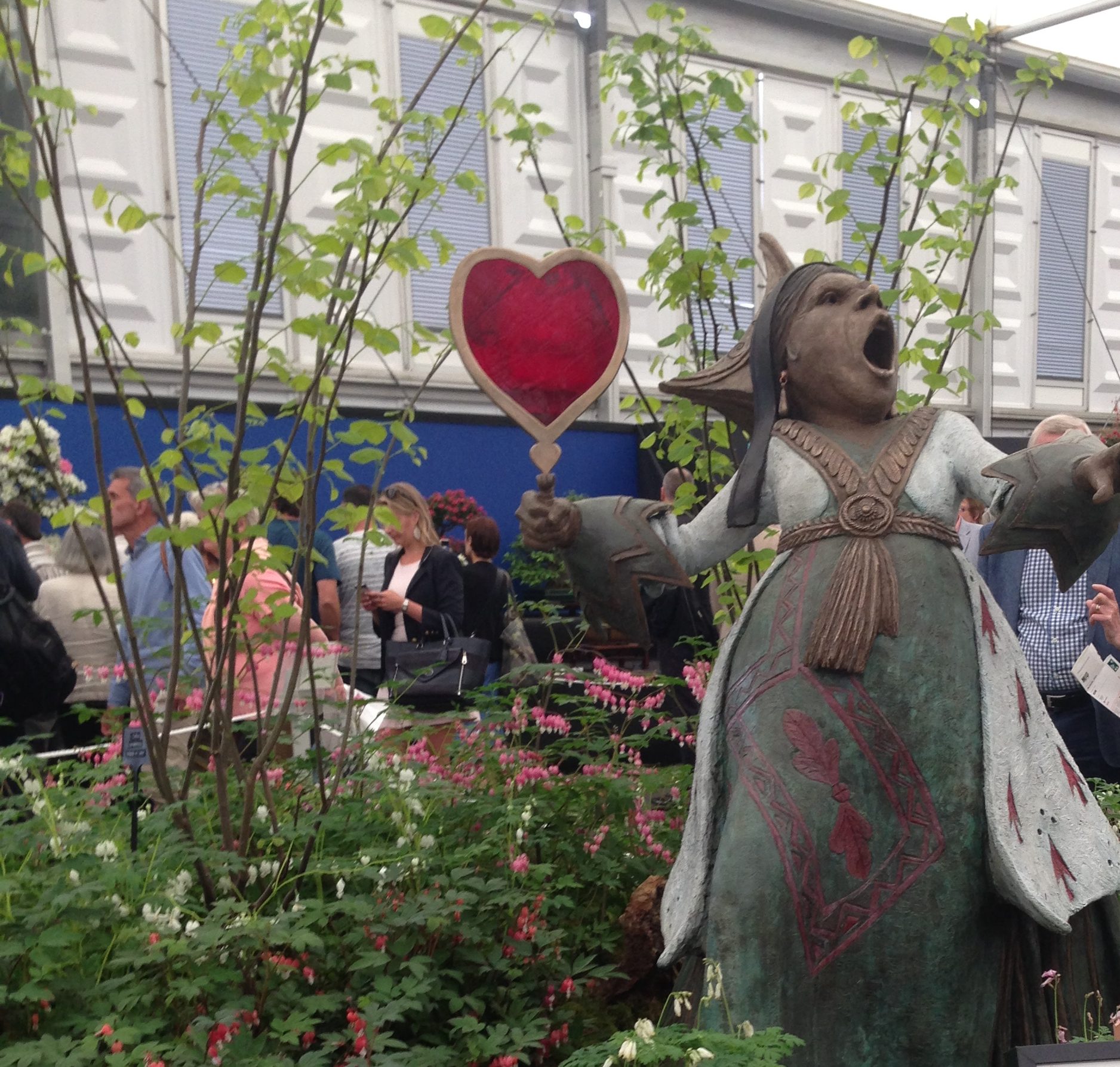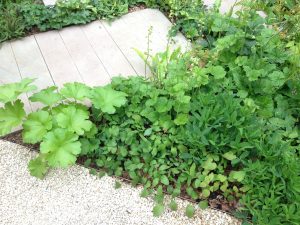Chelsea. Chelsea! CHELSEA!!!

We professionals are supposed to maintain a certain nonchalance about the Chelsea Flower Show. Is it the flagship of British horticultural endeavour, or is it a bit like Ladies’ Day at Ascot, with flowers instead of horsies?
I embarrass myself with some colleagues by getting excited about going. Others, however, are more supportive, or jealous, that I am getting an afternoon to see what the show has to offer this year. I personally love the chance to see “what’s hot and what’s not”. You can guarantee there will be plants that reoccur in almost every show garden. The chosen few, which will become garden must-haves for the next year or two. These little perennials and annuals will slowly take over planting plans around the country, make up the main displays at garden centres, and their names will be slipped into conversations, like that of a cool new band or fashion accessory.
There’s been a lot in the press this year about there being fewer show gardens, due to the lack of sponsorship. Lately I felt Chelsea had so many show gardens that they have literally had to stack themselves in pagoda-like structures to make space. I half expect fewer gardens, therefore, to be a good thing and to have an even more exhilarating time visiting. But if I’m honest, the planting this year disappoints. I don’t see the meticulous lushness of previous years. Monoliths, metal, and highly engineered pathways are still “in”, but the planting around many is scruffy and the number of out-of-season blooms now jar. Perhaps this is a sign of my own progress, to be able to recognise and judge with a more trained eye. Whatever the case, I feel a little unclear where one gravel-garden-with-rapidly-chucked-together-scrubland ends and the next begins. I feel a little deflated. This is not to say there weren’t some great moments. The Grand Pavilion offers a lot of bling, but also the chance to look in detail at some of my favourite plants – such as a range of Lamprocapnos (Bleeding Hearts) and Dicentras. While these are relatively short-flowering plants, and therefore overlooked by many respectable gardeners, their intricate blooms and usually frond-like foliage makes them one of my joys in a looser, woodland style planting. The Radio 2 gardens, with their themes of scent, taste, texture and sound, are surrounded by show attendees giving a collective sigh of “I’d like something like that” – and therefore give hope that people really are looking deeper into how and why they might give their precious outside space over to a new and varied range of plants, rather than driveway, lawn and traditional planting. Those that keep cropping up are what I regard as stalwarts, and well worth having. Native hedgerow fern Asplenium scolopendrium (Hart’s tongue fern) features, as does the now-naturalised herbaceous perennial Tellima grandiflora (fringe cups).
This is not to say there weren’t some great moments. The Grand Pavilion offers a lot of bling, but also the chance to look in detail at some of my favourite plants – such as a range of Lamprocapnos (Bleeding Hearts) and Dicentras. While these are relatively short-flowering plants, and therefore overlooked by many respectable gardeners, their intricate blooms and usually frond-like foliage makes them one of my joys in a looser, woodland style planting. The Radio 2 gardens, with their themes of scent, taste, texture and sound, are surrounded by show attendees giving a collective sigh of “I’d like something like that” – and therefore give hope that people really are looking deeper into how and why they might give their precious outside space over to a new and varied range of plants, rather than driveway, lawn and traditional planting. Those that keep cropping up are what I regard as stalwarts, and well worth having. Native hedgerow fern Asplenium scolopendrium (Hart’s tongue fern) features, as does the now-naturalised herbaceous perennial Tellima grandiflora (fringe cups).

Astrantias, especially the Gill Richardson range, lend foliage and flowers alongside these – again, a modest plant in many ways, but one that gives so much to a woodland or herbaceous planting.
I, and those around me, also all fall in love with a small pink poppy (Papaver dubium subsp leqoqii) used in the Sarah Raven cut flower garden, reminding that careful, beautiful detail does as much to draw us in to gardens as an epic, striking feature.